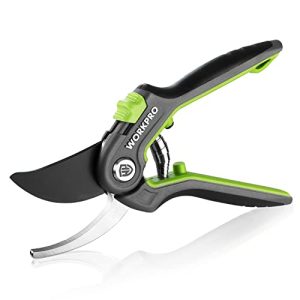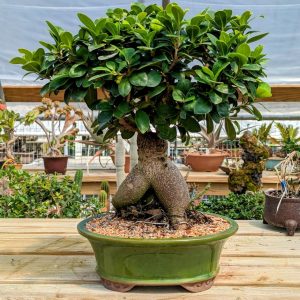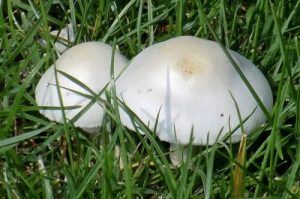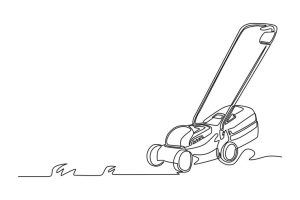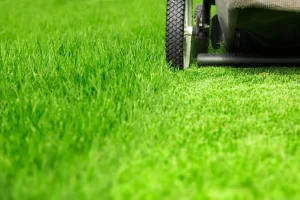Imagine sipping your morning coffee while the gentle chirping of birds fills the air. It’s a beautiful scene, isn’t it?
But if you’re dealing with pesky bugs, the tranquility can quickly fade. You might have heard that bird feeders can help reduce those bothersome insects. But is it true? Can a simple bird feeder in your backyard really make a difference in the bug population around your home?
You’re not alone in wondering. Many people are curious about this potential natural pest control method. In this blog post, we’ll explore whether a bird feeder can actually help you enjoy your outdoor space with fewer bugs. We’ll dive into the science behind it and share practical tips on how you can set up your bird feeder to maximize its bug-reducing potential. So, if you’re ready to reclaim your peace and quiet, keep reading to discover how a bird feeder might be just what you need.
Birds And Bug Control
Bird feeders do more than attract colorful visitors. They help with bug control too. Birds are natural insect predators. They keep gardens and yards free from pests. This natural form of pest management is beneficial for homeowners. A bird feeder can play a vital role in this process.
Natural Pest Management
Birds are effective at controlling insect populations. They consume a large number of bugs daily. Insects like beetles, caterpillars, and ants are common bird food. By eating these pests, birds reduce the need for chemical pesticides. This makes gardens safer for people and pets. It also promotes a healthier environment.
Bird Species That Eat Insects
Many bird species help with bug control. Sparrows, warblers, and chickadees love insects. These birds eat a variety of bugs, keeping them in check. Woodpeckers and nuthatches also hunt for insects. They target bugs hiding under tree bark. Swallows and martins catch flying insects like mosquitoes. Each species plays a unique role in pest management.
How Bird Feeders Work
Bird feeders can attract birds that eat insects, helping to reduce bug populations in your yard. Placing feeders strategically encourages birds to visit frequently, keeping pests under control. This natural pest management benefits gardens by maintaining a balanced ecosystem.
Adding a bird feeder to your garden can be a delightful way to invite nature into your daily life. But did you know it can also help reduce the number of bugs around your home? Understanding how bird feeders work in this respect can lead to a more harmonious outdoor space.Attracting Insect-eating Birds
Bird feeders can attract a variety of birds, some of which are natural insect predators. Birds like chickadees, bluebirds, and woodpeckers are known for their appetite for insects. By inviting these birds to your garden, you provide them with a habitat where they can thrive and, in return, they help control the insect population. Imagine sitting on your porch, sipping your morning coffee, while watching these birds flit around your garden, doing the work of pest control. It’s a win-win situation. Not only do you get to enjoy their company, but your plants get a break from pesky bugs.Types Of Bird Feeders
Choosing the right type of bird feeder is crucial for attracting the right kind of birds. There are several types to consider: – Hopper Feeders: These are great for larger seeds and attract a wide range of birds, including insect-eaters. – Tube Feeders: Ideal for smaller seeds, they can bring in smaller birds that also enjoy insects as part of their diet. – Platform Feeders: These are versatile and can hold a variety of food types, drawing in diverse bird species. Think about the bird species you want to attract and choose your feeder accordingly. You may even want to experiment with different feeders to see what works best for your space. Have you ever noticed a reduction in bugs after setting up a bird feeder? If not, it might be worth trying out different feeder types to maximize your garden’s potential for natural pest control. By understanding how bird feeders work and choosing the right ones, you can enjoy a more balanced garden ecosystem. Plus, who wouldn’t love the added benefit of watching beautiful birds enjoy your outdoor sanctuary?Impact On Local Ecosystems
Bird feeders do more than just attract birds. They can impact local ecosystems. They play a role in balancing insect populations. Birds eat insects along with seeds. This reduces the number of bugs around your home. But what does this mean for the local environment?
Biodiversity Benefits
Bird feeders boost local biodiversity. They attract a variety of bird species. More birds mean more insect eaters. This can decrease pests in your garden. Birds also help plants. They pollinate flowers and spread seeds. This encourages plant growth and diversity.
Birds keep the ecosystem healthy. They control insect populations naturally. This reduces the need for chemical pesticides. Less pesticide use is better for all wildlife. It keeps water sources cleaner too. That benefits the entire community.
Potential Drawbacks
Not all effects are positive. Bird feeders can attract unwanted species. Squirrels and raccoons may visit too. They might disturb the local balance. Feeders can also spread diseases among birds. This can harm local bird populations.
Overfeeding is another concern. It might make birds dependent. They may rely on feeders instead of natural food. This can change their behavior. It may affect their natural roles in the ecosystem. It’s important to use bird feeders responsibly.

Choosing The Right Bird Feeder
Choosing the right bird feeder can make a big difference. It can attract the right birds and reduce bugs in your garden. A well-selected feeder can help birds find food easily. It also encourages them to visit often. This helps control insect populations naturally.
Materials And Design
Bird feeders come in various materials. Plastic feeders are lightweight and easy to clean. Metal feeders are durable and last longer. Wooden feeders blend well with natural surroundings. The design of the feeder matters too. Tube feeders are great for small birds. Platform feeders attract larger birds. Choose feeders with drainage holes. This prevents water buildup and keeps seeds dry.
Feeder Placement
Placement plays a key role in effectiveness. Place feeders where birds can spot them easily. Keep feeders away from thick bushes. This reduces risk from predators. Ensure feeders are not too close to windows. Birds may crash into glass if startled. Position feeders at different heights. This attracts a variety of bird species. Regularly check for fallen seeds. This keeps the area tidy and lessens bugs.
Seasonal Considerations
Bird feeders can be a delightful addition to any garden. They attract a variety of birds, reducing the number of bugs in the area. Seasonal changes affect the efficiency of bird feeders. Different times of year bring different challenges and opportunities.
Winter Feeding
During winter, food sources are scarce for birds. Bird feeders become vital. Birds rely more on feeders, increasing their presence. This means fewer bugs around, as birds eat them for extra nutrition.
Winter bird watching is enjoyable. Snow-covered landscapes provide beautiful backdrops. Birds like chickadees and nuthatches frequent feeders. Their increased activity can help manage the bug population.
Spring And Summer Dynamics
Spring brings new life. Flowers bloom and bugs multiply. Birds are busy. They build nests and raise chicks. Feeder activity might decrease slightly. Birds find ample food naturally, but still visit feeders.
Summer heat intensifies bug presence. Birds continue their bug-eating habits. Feeders support birds during dry spells. Their presence keeps bug numbers in check. Summer bird watching is vibrant and lively. You may notice more bug reduction during these months.
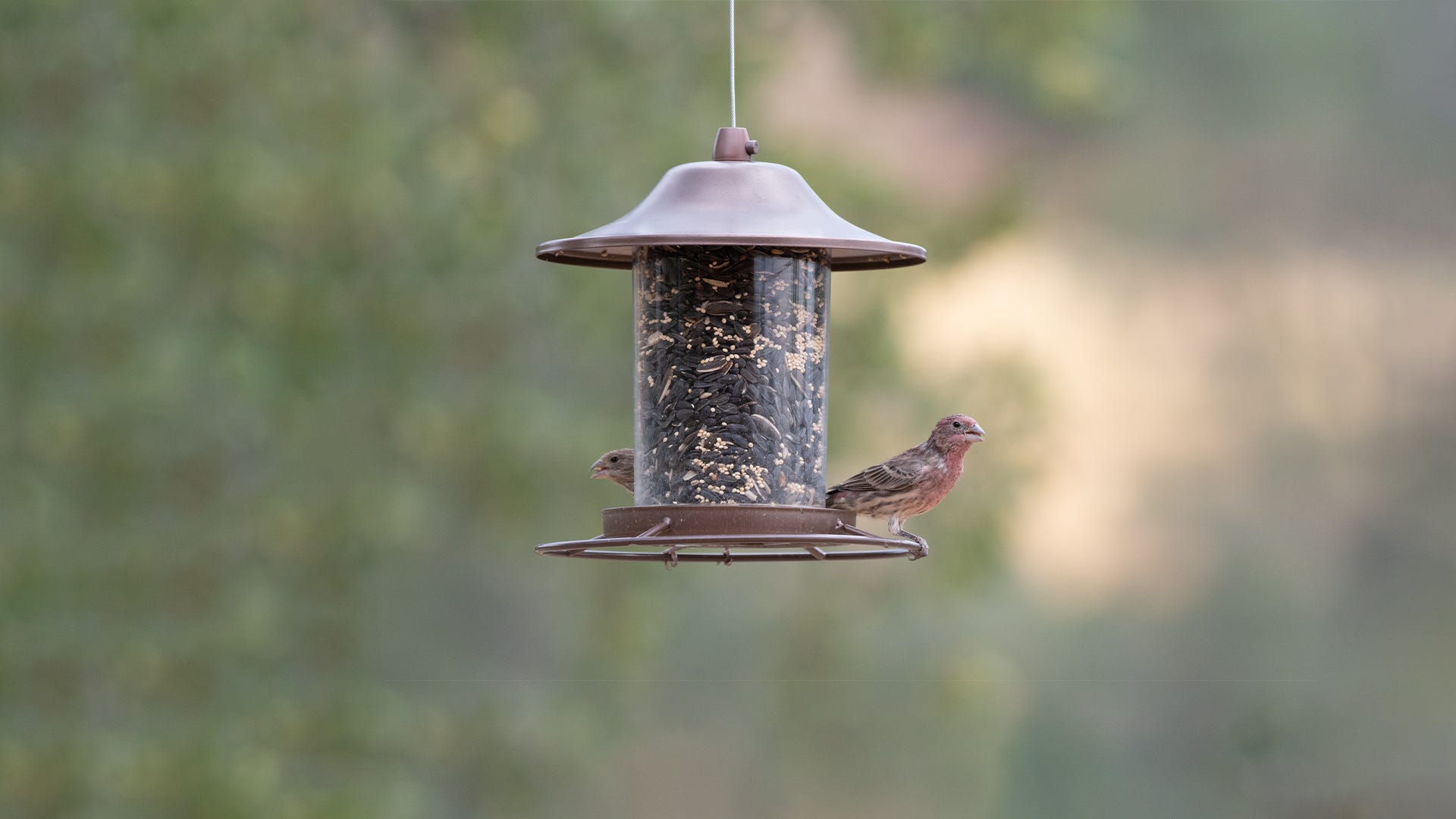
Maintaining A Bird Feeder
Bird feeders attract birds that eat insects, helping to reduce bugs in your yard. Sparrows and chickadees enjoy munching on insects. Regular feeder maintenance ensures a steady stream of hungry birds visiting your garden.
Maintaining a bird feeder can be both rewarding and beneficial. Not only does it attract beautiful birds to your backyard, but it also helps control insect populations. Proper maintenance ensures that your bird feeder remains effective and safe for your feathered visitors. Let’s dive into how you can keep your bird feeder in top shape.Cleaning And Hygiene
Regular cleaning of your bird feeder is crucial. Dirty feeders can harbor mold and bacteria, which are harmful to birds. Wash your feeder every two weeks with a mild bleach solution: one part bleach to nine parts water. Rinse thoroughly and allow it to dry completely before refilling. Imagine a visitor to your home finding dirty dishes piled up. Birds feel the same about a grimy feeder. Keeping it clean not only attracts more birds but also keeps them healthy.Refilling And Monitoring
Ensure your bird feeder is always stocked with fresh seeds. Refill it before it goes completely empty to keep the birds coming back. If you notice seeds starting to clump or smell musty, replace them immediately. Monitor the activity around your feeder. Are certain seeds being ignored? Adjust the mix to cater to the preferences of your local birds. By observing their habits, you can provide a welcoming space that birds love and bugs fear. Maintaining a bird feeder involves simple yet effective actions. These efforts not only enhance your backyard’s appeal but also contribute to a healthier ecosystem. What steps will you take to ensure your bird feeder remains a haven for birds and a deterrent for bugs?Complementary Bug Reduction Strategies
Bird feeders play a vital role in managing bug populations. Yet, they aren’t the only solution. To maximize bug reduction, consider using complementary strategies. These techniques work in harmony with bird feeders, creating a balanced ecosystem in your garden. Below, we explore two effective strategies: gardening techniques and companion planting.
Gardening Techniques
Gardening techniques can significantly impact bug populations. A well-maintained garden attracts fewer pests. Regularly removing dead plants and debris helps prevent bug habitats. Consider rotating crops each season. This disrupts the life cycle of many pests. Using mulch also offers benefits. It helps retain soil moisture and deters insects. Introducing beneficial insects is another option. Ladybugs and lacewings prey on harmful bugs. These natural predators keep pest numbers in check.
Companion Planting
Companion planting involves growing specific plants together. Some plants naturally repel bugs. For example, marigolds deter aphids and nematodes. Planting garlic near roses keeps pests away. Basil can protect tomatoes from insects. Strategically placing these plants helps control bug populations. Companion planting also supports biodiversity. A diverse garden environment is less attractive to pests. This method creates a natural defense system. Combining these plants with a bird feeder enhances bug reduction efforts.

Frequently Asked Questions
Do Bird Feeders Help Keep Bugs Away?
Bird feeders attract birds that eat bugs, reducing insect populations. Birds like sparrows and finches consume many pests. Placing feeders strategically can help control bugs around your garden. Choose feeders that attract insect-eating birds for maximum benefit. Regularly clean the feeders to maintain bird health and effectiveness.
Are There Benefits To Having A Bird Feeder?
Bird feeders attract various bird species, enhancing biodiversity in your garden. They provide essential food sources, especially in winter. Observing birds can be relaxing and educational. Bird feeders support local wildlife and promote eco-friendly practices. They also aid in bird conservation efforts, creating a healthy ecosystem around your home.
What Is The 5 7 9 Rule For Bird Feeders?
The 5 7 9 rule suggests placing bird feeders 5 feet apart, 7 feet from bushes, and 9 feet from trees. This minimizes predator risks and ensures a safe feeding environment for birds. By following these distances, you promote bird safety and enhance their feeding experience.
Do Birds Get Rid Of Insects?
Yes, birds help control insect populations. They eat various insects, including mosquitoes, beetles, and caterpillars. This natural pest control benefits gardens and farms. Encouraging birds in your area can reduce the need for chemical pesticides. Attract them with bird feeders, baths, and native plants.
Conclusion
Bird feeders can help reduce bugs in your yard. Birds eat many insects, which helps keep bug numbers down. This natural pest control is good for your garden. Plus, having a bird feeder brings color and life to your outdoor space.
It’s an enjoyable way to watch nature. Remember to clean your feeder regularly to keep birds healthy. Choosing the right seeds can attract different bird species. This means more help in controlling bugs. So, consider adding a bird feeder to your garden.
It’s a simple step with big benefits.


